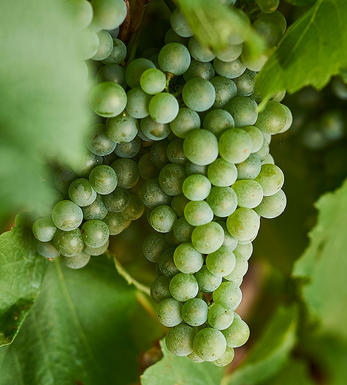
Critics reviews
Neal Martin - 30/12/2014
About this WINE

Chateau Lafaurie-Peyraguey
Château Lafaurie-Peyraguey is a property with a long history and a château that dates back to the 13th century. This 1er Cru Classé property had a very high reputation during the 19th century and was rated third behind La Tour Blanche and d`Yquem in the 1855 classification.
Lafaurie-Peyraguey is located in the commune of Bommes and its 40 hectares of vineyards are planted with 90% Sémillon, 5% Sauvignon Blanc and 5% Muscadelle.
Lafaurie-Peyraguey was bought by the Cordier family in 1917 and produced rather monolithic and bland wines until the late 1970s when Michel Laporet was appointed as administrator. He severely restricted the yields, introduced more rigorous selection procedures at harvest time and initiated fermentation and maturation in oak casks.
Lafaurie-Peyraguey is now unquestionably one of the top half-dozen estates in Sauternes. It is now no longer owned by the Cordier family but has passed into the hands of the Société Foncier des Domaines Cordier, which also owns Château Meyney in St-Estèphe and Clos des Jacobins in St-Emilion.

Sauvignon Blanc & Sémillon
The blend used for White Graves and Sauternes and rarely encountered outside France. In the great dry whites of Graves, Sauvignon Blanc tends to predominate in the blend, although properties such as Smith Haut Lafite use 100% Sauvignon Blanc while others such as Laville Haut Brion have as much as 60% Sémillon in their final blends. Sauvignon Blanc wines can lose their freshness and fruit after a couple of years in bottle - if blended with Sémillon, then the latter bolsters the wine when the initial fruit from the Sauvignon fades. Ultimately Sauvignon Blanc gives the wine its aroma and raciness while Sémillon gives it backbone and longevity.
In Sauternes, Sémillon is dominant, with Sauvignon Blanc playing a supporting role - it is generally harvested about 10 days before Sémillon and the botrytis concentrates its sweetness and dampens Sauvignon Blanc`s naturally pungent aroma. It contributes acidity, zip and freshness to Sauternes and is an important component of the blend.



Buying options
Description
The 2001 Lafaurie-Peyraguey has a very refined, elegant bouquet that demonstates more mineralite than the previous vintages: great tension here with marmalade, quince and dried honey scents. The palate is medium-bodied with a viscous opening. The acidity is nicely judged with touches of spice and nutmeg, although the finish is quite linear and does not quite deliver the panache of its peers. Still, this is drinking extremely well now and should continue to give pleasure over the next decade or so.
Neal Martin - 30/12/2014
wine at a glance
Delivery and quality guarantee